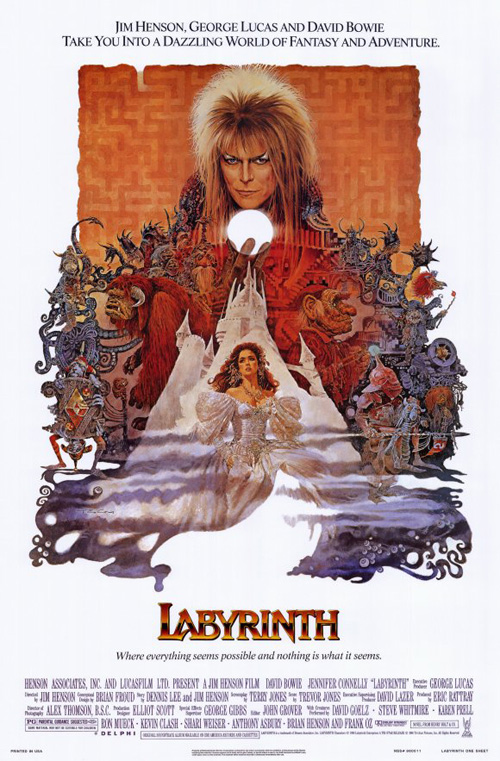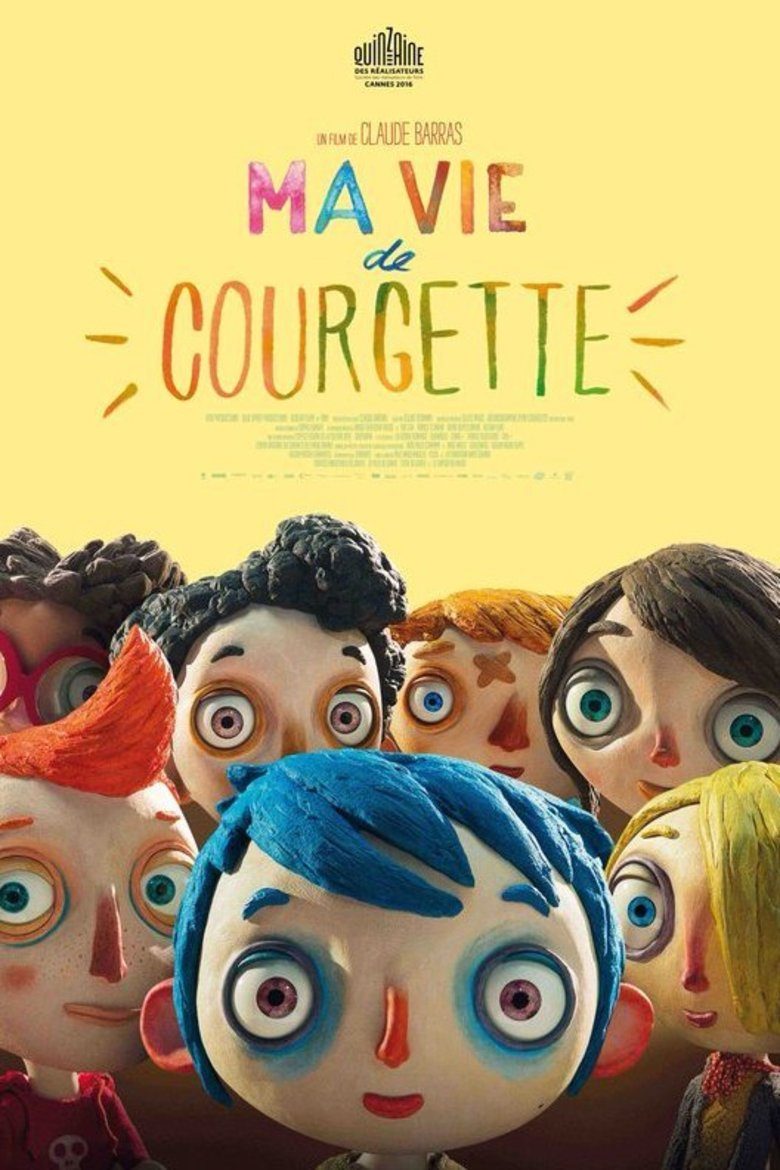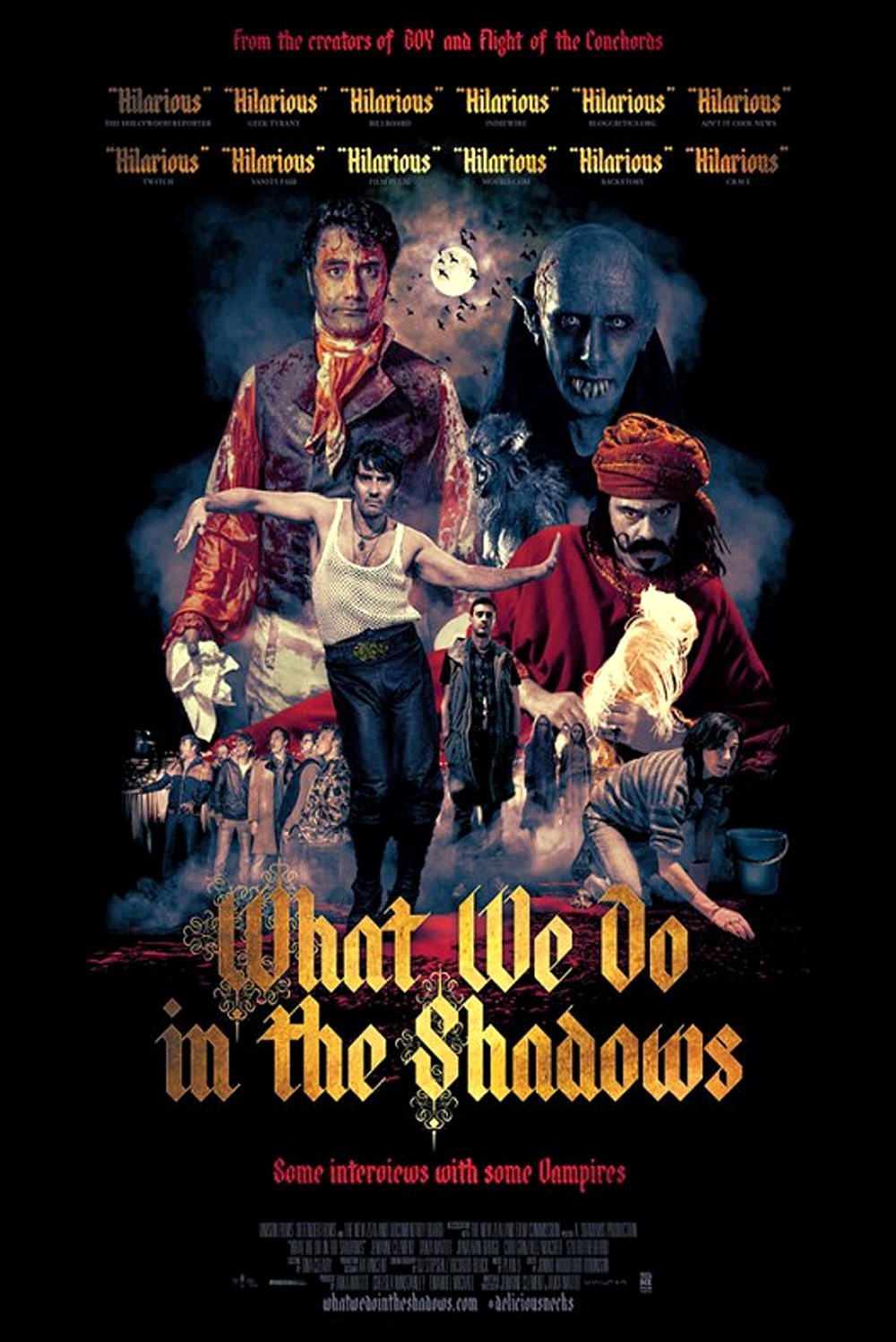3. The 3 act structure, Vladimir Propp, Genre
The Three Act Structure
Act One:
Inciting Incident:
The protagonist goes from their ordinary life into the main story
Act Two:
Lock In:
The protagonist cannot turn back from the story they entered
First Culmination:
First success or hindrance that leads to the outcome of the main culmination
Act Three:
Main Culmination:
Highest or lowest point for the protagonist
Third Act Twist:
Changes the plot halfway through the third act
Vladimir Propp
Vladimir Propp was a folklorist that looked at the structure of Russian folktales, he came up with 31 different functions that most of the tales go by:
- ABSENTATION: A member of the hero's community or family leaves the security of the home environment. This may be the hero themselves, or some other relation that the hero must later rescue. This division of the cohesive family injects initial tension into the storyline. This may serve as the hero's introduction, typically portraying them as an ordinary person.
- INTERDICTION: A forbidding edict or command is passed upon the hero ('don't go there', 'don't do this'). The hero is warned against some action.
- VIOLATION of INTERDICTION. The prior rule is violated. Therefore the hero did not listen to the command or forbidding edict. Whether committed by the Hero by accident or temper, a third party or a foe, this generally leads to negative consequences. The villain enters the story via this event, although not necessarily confronting the hero. They may be a lurking and manipulative presence, or might act against the hero's family in his absence.
- RECONNAISSANCE: The villain makes an effort to attain knowledge needed to fulfill their plot. Disguises are often invoked as the villain actively probes for information, perhaps for a valuable item or to abduct someone. They may speak with a family member who innocently divulges a crucial insight. The villain may also seek out the hero in their reconnaissance, perhaps to gauge their strengths in response to learning of their special nature.
- DELIVERY: The villain succeeds at recon and gains a lead on their intended victim. A map is often involved in some level of the event.
- TRICKERY: The villain attempts to deceive the victim to acquire something valuable. They press further, aiming to con the protagonists and earn their trust. Sometimes the villain make little or no deception and instead ransoms one valuable thing for another.
- COMPLICITY: The victim is fooled or forced to concede and unwittingly or unwillingly helps the villain, who is now free to access somewhere previously off-limits, like the privacy of the hero's home or a treasure vault, acting without restraint in their ploy.
- VILLAINY or LACKING: The villain harms a family member, including but not limited to abduction, theft, spoiling crops, plundering, banishment or expulsion of one or more protagonists, murder, threatening a forced marriage, inflicting nightly torments and so on. Simultaneously or alternatively, a protagonist finds they desire or require something lacking from the home environment (potion, artifact, etc.). The villain may still be indirectly involved, perhaps fooling the family member into believing they need such an item.
- MEDIATION: One or more of the negative factors covered above comes to the attention of the Hero, who uncovers the deceit/perceives the lacking/learns of the villainous acts that have transpired.
- BEGINNING COUNTERACTION: The hero considers ways to resolve the issues, by seeking a needed magical item, rescuing those who are captured or otherwise thwarting the villain. This is a defining moment for the hero, one that shapes their further actions and marks the point when they begin to fit their noble mantle.
- DEPARTURE: The hero leaves the home environment, this time with a sense of purpose. Here begins their adventure.
- FIRST FUNCTION OF THE DONOR: The hero encounters a magical agent or helper (donor) on their path, and is tested in some manner through interrogation, combat, puzzles or more.
- HERO'S REACTION: The hero responds to the actions of their future donor; perhaps withstanding the rigours of a test and/or failing in some manner, freeing a captive, reconciles disputing parties or otherwise performing good services. This may also be the first time the hero comes to understand the villain's skills and powers, and uses them for good.
- RECEIPT OF A MAGICAL AGENT: The hero acquires use of a magical agent as a consequence of their good actions. This may be a directly acquired item, something located after navigating a tough environment, a good purchased or bartered with a hard-earned resource or fashioned from parts and ingredients prepared by the hero, spontaneously summoned from another world, a magical food that is consumed, or even the earned loyalty and aid of another.
- GUIDANCE: The hero is transferred, delivered or somehow led to a vital location, perhaps related to one of the above functions such as the home of the donor or the location of the magical agent or its parts, or to the villain.
- STRUGGLE: The hero and villain meet and engage in conflict directly, either in battle or some nature of contest.
- BRANDING: The hero is marked in some manner, perhaps receiving a distinctive scar or granted a cosmetic item like a ring or scarf.
- VICTORY: The villain is defeated by the hero – killed in combat, outperformed in a contest, struck when vulnerable, banished, and so on.
- LIQUIDATION: The earlier misfortunes or issues of the story are resolved; object of search are distributed, spells broken, captives freed.
- RETURN: The hero travels back to their home.
- PURSUIT: The hero is pursued by some threatening adversary, who perhaps seek to capture or eat them.
- RESCUE: The hero is saved from a chase. Something may act as an obstacle to delay the pursuer, or the hero may find or be shown a way to hide, up to and including transformation unrecognisably. The hero's life may be saved by another.
- UNRECOGNIZED ARRIVAL: The hero arrives, whether in a location along their journey or in their destination, and is unrecognised or unacknowledged.
- UNFOUNDED CLAIMS: A false hero presents unfounded claims or performs some other form of deceit. This may be the villain, one of the villain's underlings or an unrelated party. It may even be some form of future donor for the hero, once they've faced their actions.
- DIFFICULT TASK: A trial is proposed to the hero – riddles, test of strength or endurance, acrobatics and other ordeals.
- SOLUTION: The hero accomplishes a difficult task.
- RECOGNITION: The hero is given due recognition – usually by means of their prior branding.
- EXPOSURE: The false hero and/or villain is exposed to all and sundry.
- TRANSFIGURATION: The hero gains a new appearance. This may reflect aging and/or the benefits of labour and health, or it may constitute a magical remembering after a limb or digit was lost (as a part of the branding or from failing a trial). Regardless, it serves to improve their looks.
- PUNISHMENT: The villain suffers the consequences of their actions, perhaps at the hands of the hero, the avenged victims, or as a direct result of their own ploy.
- WEDDING: The hero marries and is rewarded or promoted by the family or community, typically ascending to a throne.
He also found 7 character functions which appeared in each tale, and fit with the functions of the narrative: the villain, the dispatcher, the helper, the princess (or 'prize'), the donor, the hero, and the false hero. Since the creation of these lists they gave been applied to film, it fits with some, but less so with others. For example, the short film The Ellington Kid (2012) fits with several of the character labels, but the way the labels fit are different to what you'd think. The man who's been stabbed, although seeming like the protagonist, could be the dispatcher, the one that causes the hero, the cooks, to do something, by stumbling into the kebab shop. The hero label fits with the kebab shop owners as they reacts to the dispatcher and deals with the villain. On the other hand you could say that they fit the role of the helper, who assists the hero, now the man who was stabbed, however the hero has to stop the villain, which is something he does not do. The villain is of course the gang who stabbed the dispatcher at the beginning. Arrival (2016) doesn't apply to these character labels, as there is only one main character who is battling with her thoughts, she could be the hero, as she turns herself around, maybe winning against negative thoughts, but the labels don't continue further than that.
Genre
Genre is something that can separate films into different categories depending on their content and similarities with the other films in the category. The most simple genres are fictional and documentary, but it branches out from fictional to others. The genres are rooted in the genres recognised in books and then applied to the films, but ever since film became recognised as a method of storytelling, it has been applied to film too. Here are some of the main genres throughout film:
 Fantasy:
Fantasy:
Fantasy is a story that involves magical creatures, characters, and settings, it's reality changed to include supernatural forces. An example of a fantasy film would be Labyrinth, which includes many creatures like goblins, fairies, and monsters in a different world to ours.
 Science Fiction:
Science Fiction:
Sci-fi is similar to fantasy, but instead of the addition of the supernatural it's the addition of futuristic technology and beings like aliens. It can include travel through time and space, and if there are creatures similar to those in fantasy, there is a scientific explanation for their existence. A good example of a science fiction film is Alien, it's set on a space station with an alien on the loose in the future.
Action-Adventure:
Action-Adventures are a cross between action films and adventure films. Action films are films that include a lot of fights, chases, and escapes, making the actions of the actors more important than the words in the script. Adventure films are when a character is set on a journey to accomplish something, and the aim of the film is to achieve this goal, all the way through. The Princess Bride is an action-adventure film as it includes sword fights and escapes, as well as Westley's goal to get Buttercup back.

Crime:
The crime genre tells a story of unlawful deeds, whether this follows those committing the crime, or those trying to solve it (which will cross over with the mystery genre). The Third Man is a good example of a crime film, as well as a film noir. There's a mystery involved with the death of Harry Lime, but there's more to his death than meets the eye. His friend Holly Martins has gone to see him, but is lead on a journey to see why and how his friend died.
 Drama: A drama film focuses on a serious, realistic, emotional story. Dramas often include a lot of character development, making it even more realistic. My Life as a Courgette (Ma Vie de Courgette) is a drama film, telling the story of a boy who's mother just died and has to be moved to a care home for troubled children. You discover more about the children's pasts and their characters change as they find out about each other and the adult world.
Drama: A drama film focuses on a serious, realistic, emotional story. Dramas often include a lot of character development, making it even more realistic. My Life as a Courgette (Ma Vie de Courgette) is a drama film, telling the story of a boy who's mother just died and has to be moved to a care home for troubled children. You discover more about the children's pasts and their characters change as they find out about each other and the adult world.
 Romance: Romance films tell the tale of people falling in love, normally focusing on just one couple. They have to get past obstacles that may get in the way of their relationship, like in Carol, the barrier to their relationship is their sexuality in a time of little acceptance.
Romance: Romance films tell the tale of people falling in love, normally focusing on just one couple. They have to get past obstacles that may get in the way of their relationship, like in Carol, the barrier to their relationship is their sexuality in a time of little acceptance.
 Comedy: Comedy is quite an open genre, as all it needs is for the film to be funny, so can cross over with pretty much any other genre. What We Do in the Shadows is a comedy about modern vampires in New Zealand, it's a mockumentary, so the characters are followed around and interviewed. It's mixed with the genre of fantasy due to the vampires, werewolves, and witches within it.
Comedy: Comedy is quite an open genre, as all it needs is for the film to be funny, so can cross over with pretty much any other genre. What We Do in the Shadows is a comedy about modern vampires in New Zealand, it's a mockumentary, so the characters are followed around and interviewed. It's mixed with the genre of fantasy due to the vampires, werewolves, and witches within it.
 Fantasy:
Fantasy:Fantasy is a story that involves magical creatures, characters, and settings, it's reality changed to include supernatural forces. An example of a fantasy film would be Labyrinth, which includes many creatures like goblins, fairies, and monsters in a different world to ours.
 Science Fiction:
Science Fiction:Sci-fi is similar to fantasy, but instead of the addition of the supernatural it's the addition of futuristic technology and beings like aliens. It can include travel through time and space, and if there are creatures similar to those in fantasy, there is a scientific explanation for their existence. A good example of a science fiction film is Alien, it's set on a space station with an alien on the loose in the future.
Action-Adventure:
Action-Adventures are a cross between action films and adventure films. Action films are films that include a lot of fights, chases, and escapes, making the actions of the actors more important than the words in the script. Adventure films are when a character is set on a journey to accomplish something, and the aim of the film is to achieve this goal, all the way through. The Princess Bride is an action-adventure film as it includes sword fights and escapes, as well as Westley's goal to get Buttercup back.

Crime:
The crime genre tells a story of unlawful deeds, whether this follows those committing the crime, or those trying to solve it (which will cross over with the mystery genre). The Third Man is a good example of a crime film, as well as a film noir. There's a mystery involved with the death of Harry Lime, but there's more to his death than meets the eye. His friend Holly Martins has gone to see him, but is lead on a journey to see why and how his friend died.
 Drama: A drama film focuses on a serious, realistic, emotional story. Dramas often include a lot of character development, making it even more realistic. My Life as a Courgette (Ma Vie de Courgette) is a drama film, telling the story of a boy who's mother just died and has to be moved to a care home for troubled children. You discover more about the children's pasts and their characters change as they find out about each other and the adult world.
Drama: A drama film focuses on a serious, realistic, emotional story. Dramas often include a lot of character development, making it even more realistic. My Life as a Courgette (Ma Vie de Courgette) is a drama film, telling the story of a boy who's mother just died and has to be moved to a care home for troubled children. You discover more about the children's pasts and their characters change as they find out about each other and the adult world. Romance: Romance films tell the tale of people falling in love, normally focusing on just one couple. They have to get past obstacles that may get in the way of their relationship, like in Carol, the barrier to their relationship is their sexuality in a time of little acceptance.
Romance: Romance films tell the tale of people falling in love, normally focusing on just one couple. They have to get past obstacles that may get in the way of their relationship, like in Carol, the barrier to their relationship is their sexuality in a time of little acceptance. Comedy: Comedy is quite an open genre, as all it needs is for the film to be funny, so can cross over with pretty much any other genre. What We Do in the Shadows is a comedy about modern vampires in New Zealand, it's a mockumentary, so the characters are followed around and interviewed. It's mixed with the genre of fantasy due to the vampires, werewolves, and witches within it.
Comedy: Comedy is quite an open genre, as all it needs is for the film to be funny, so can cross over with pretty much any other genre. What We Do in the Shadows is a comedy about modern vampires in New Zealand, it's a mockumentary, so the characters are followed around and interviewed. It's mixed with the genre of fantasy due to the vampires, werewolves, and witches within it.


Comments
Post a Comment